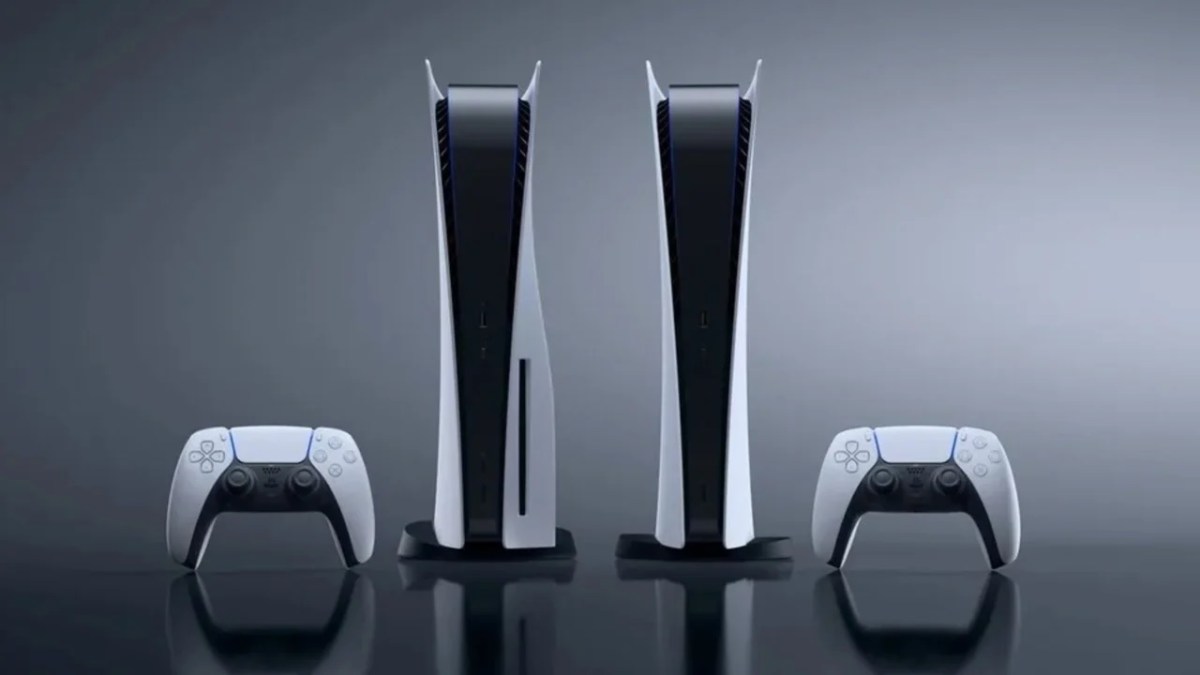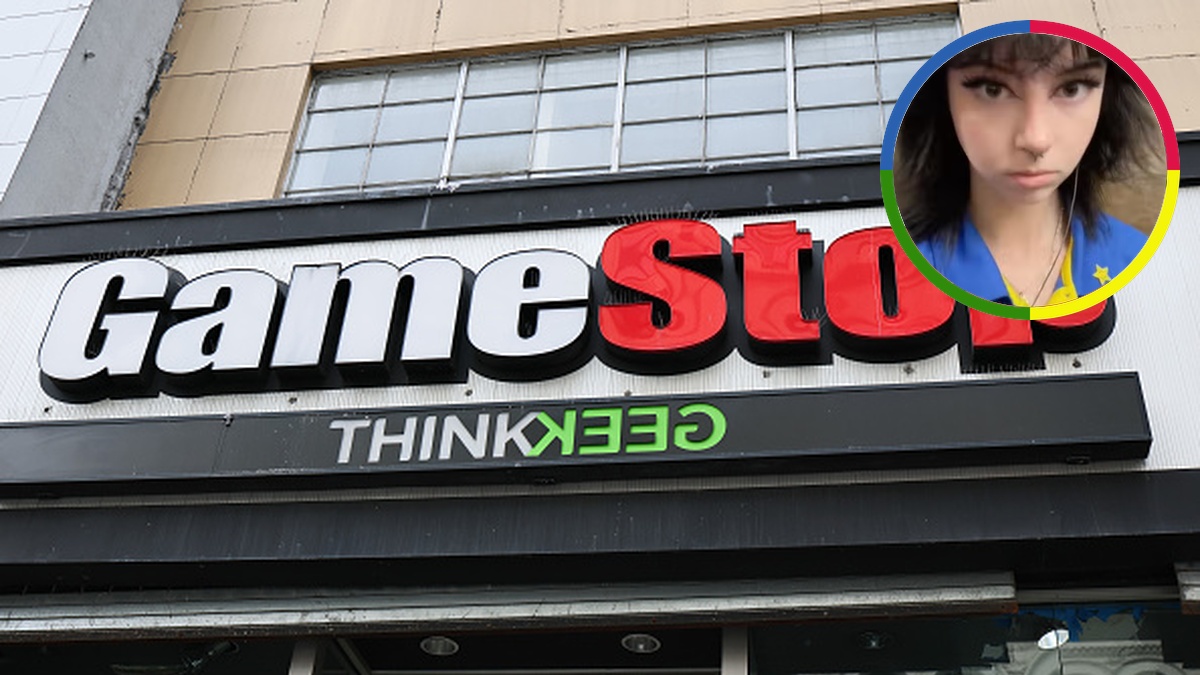The YouTube channel NX Gamer tested the input latency of the newest systems by Microsoft and PlayStation compared to their preview generation.
All games shown in the video were also tested in wired mode via USB but showed no real improvement in the latency rather kept the variable highs and lows more consistent. People that play on a competitive level will still benefit from a USB connection just to keep the latency consistent, especially when some games have variable delays online that can really throw a player off.
One thing to note that every 16.67 milliseconds (ms) is equivalent to 1 frame at 60 frames per second (fps), 33ms for 1 frame at 30fps, and 8.3ms for 1 frame at 120 fps.
On average it takes someone roughly, but not under, a third of a second (0.3334 seconds, 20 frames at 60fps) to react to something. Click here to see a Reddit post about this topic.
Not everything in gaming is about reacting to enemies because sometimes the player is in control and the fast input latency will help make a game more fluid, feeling less ‘janky.’ This is also important when playing games that require input timing or combos such as Devil May Cry. Online titles also face connection latency and if that’s combined with high input latency variables a game can become near unplayable, or at least to what the game can offer.
The video shows the milliseconds of latency for various titles such as
Assassin’s Creed Valhalla Benchmarks
Xbox Series S/X
- 30fps: 115.75ms
- 60fps: 61.58ms
PlayStation 5
- 30fps: 153.25ms
- 60fps: 67.83ms
Xbox One/One S
- 113.67ms
PlayStation 4
- 132.42ms
Call of Duty: Black Ops Cold War Benchmarks
Xbox Series S/X
- 60fps: 48.08ms
- 120fps: 36.58ms
PlayStation 5
- 60fps: 42.83ms
- 120fps: 32.42ms
Xbox One/One S
- 67.83fps
PlayStation 4
- 53.25ms
While some titles like Watch Dogs Legion got an update to only add in Raytracing to the newest generation of consoles only made the game run slower.
- PlayStation 4 input latency is 12.5ms faster than the PlayStation 5.
- Xbox One/One S input latency is 6.25ms faster than the Xbox Series S/X.
- Xbox One/One S input latency is 4.16ms faster than the PlayStation 4.
The PlayStation 5 and Xbox Series S/X consoles both have backwards compatibility that should help older titles run better than before but still have to deal with the original programming and engines optimized for the systems they were made for.
A game like Doom 2016 got a patch, later on, to help with optimization for the generations stronger systems and with the patch comes different numbers.
Doom 2016 Pre-Patch
- Xbox Series S/X: 80.33ms
- PlayStation 5: 65.75ms
Doom 2016 Post-Patch
- Xbox Series S/X: 82.42ms
- PlayStation 5: 82.42ms
The creator of the video also tested a few other games with Backwards Compatibility.
Star Wars Jedi the Fallen Order
- Xbox Series S/X: 78.25ms
- PlayStation 5: 78.25ms
Battlefield 1
- Xbox Series S/X: 55.33ms
- PlayStation 5: 55.33ms
A couple of other games were tested such as Red Dead Redemption 2 and Dirt 5, so check out the amazing video for more info on those titles.
A big piece of information players need to take from this is that next-gen is helping make games more fluid feeling with the performance mode but in other cases, the visual modes are slowing input latency past last generation consoles. Gamers need to test to see what feels best because not every game will run slower than their last-generation counterparts but some will.











Published: Jan 10, 2021 01:05 pm